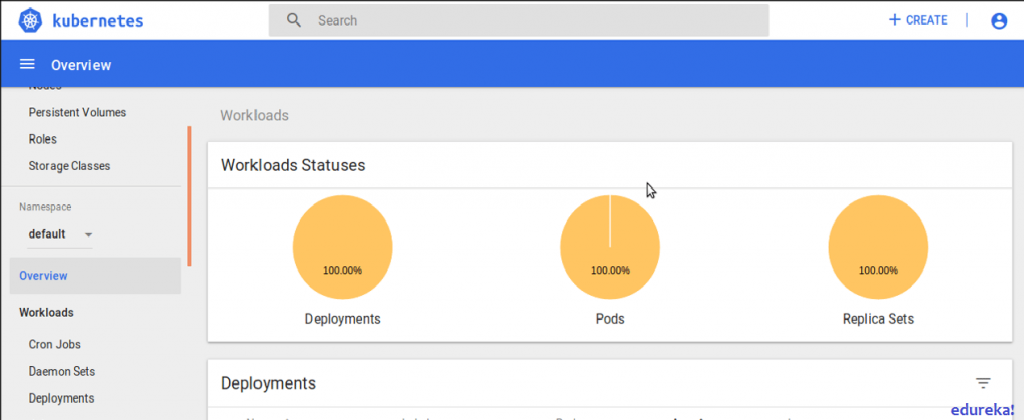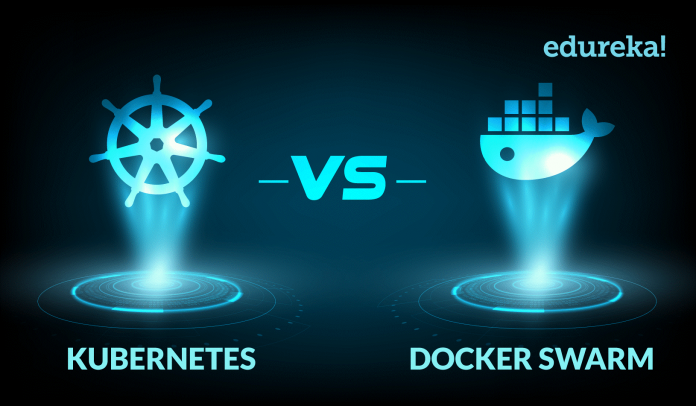The age of single containers is long past. A single container can give you a means to abstract your development and production workflows from the backend. But, in all honesty, this is just going to be a glimpse of what your environments are capable of. Because of this, the concept of container orchestration was introduced.
The idea is to deploy, manage and work with multiple different containers serving a similar purpose in your environment. While the insights you can obtain from a set of multiple containers are very healthy, managing these hosts is a very difficult task. To do this, tools like Kubernetes and Docker Swarm are used.
Now the question is which tool is better?
To answer this question, let’s look at a few key differences between Kubernetes and Docker Swarm. But, bear in mind, we are not referring to the containerization tool, Docker, here. The tool we will be talking about is the container orchestration counterpart of this platform, Docker Swarm.
Installation and Cluster Configuration
Straight of the bat, setting up a cluster with Docker Swarm is as easy as typing two lines of code. One command line needs to be executed at the Manager’s end and one at the worker’s. Et voila, your container cluster will be set up and ready to use.
Kubernetes, on the other hand, has a more complicated approach to setting up and configuring clusters. You need to start by typing in a few command lines to bring a cluster online. After that, the environment variables need to be defined. This needs to be followed by defining a Pod network where the containers can interact and finally you need to bring up a dashboard to monitor these containers.
Graphical User Interface
Docker Swarm does not have a dashboard, as of now. Everything relies on a Command User Interface which makes it a pain to use in some instanced.

Kubernetes, fortunately, has a well-thought dashboard system that can help you control and monitor your cluster effortlessly. This makes Kubernetes simple to use by both technical and non-technical professionals.
Scalability
Scaling up your clusters and environment is a necessity in almost every workflow. Luckily, both Docker Swarm and Kubernetes provide amazing scalability options. But, both their approaches are slightly different.
While Kubernetes is slightly better than Swarm in maintaining cluster strength, the latter wins in terms of speed. In fact, Swarm is five times faster than Kubernetes when it comes to scaling up. But, in most cases, the speed of scaling isn’t as important as cluster stability.
Data Volumes
Kubernetes allows you to volume sharing between multiple containers in the same Pod. Docker Swarm, on the other hand, allows volume sharing with any other container, irrespective of the network it is present in. The pro that Kubernetes brings to the table here is that the data volumes used can be easily mounted on local storage. In fact, these volumes can be hosted using public clouds and shared networks too.
Logging and Monitoring
Docker Swarm does not have any built-in tools for logging and monitoring of clusters. However, we can achieve this with third-party tools like ELK.
Kubernetes offers built-in tools for both monitoring and logging. This helps in quickly analyzing logs and understanding the issues that are causing failure.
These were just a few of the differences between Kubernetes and Docker Swarm. The takeaway here should be that both Docker Swarm and Kubernetes are great tools and depending upon your points of focus and end-goal, you can select one of them to complement your workflow.
As you might know, these two tools were designed and are extensively used in DevOps workflows. Therefore, if you are looking to get into a DevOps Architect or Managerial role, why not learn DevOps from experts today and get into your dream career?

